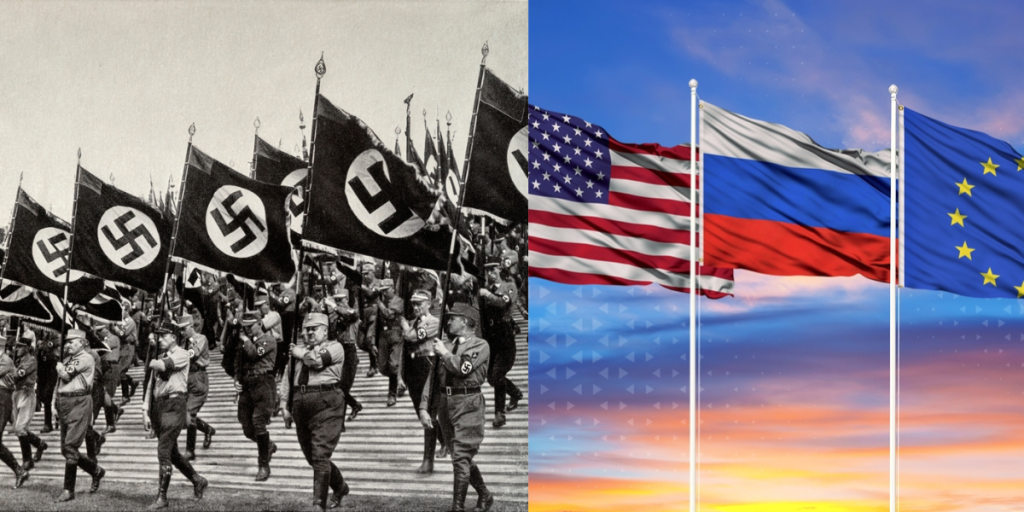From Munich to Moscow: are we repeating 1938?
Others are reading now
From Munich to Moscow: are we repeating 1938?
Rearmament returns: A new arms race in Europe
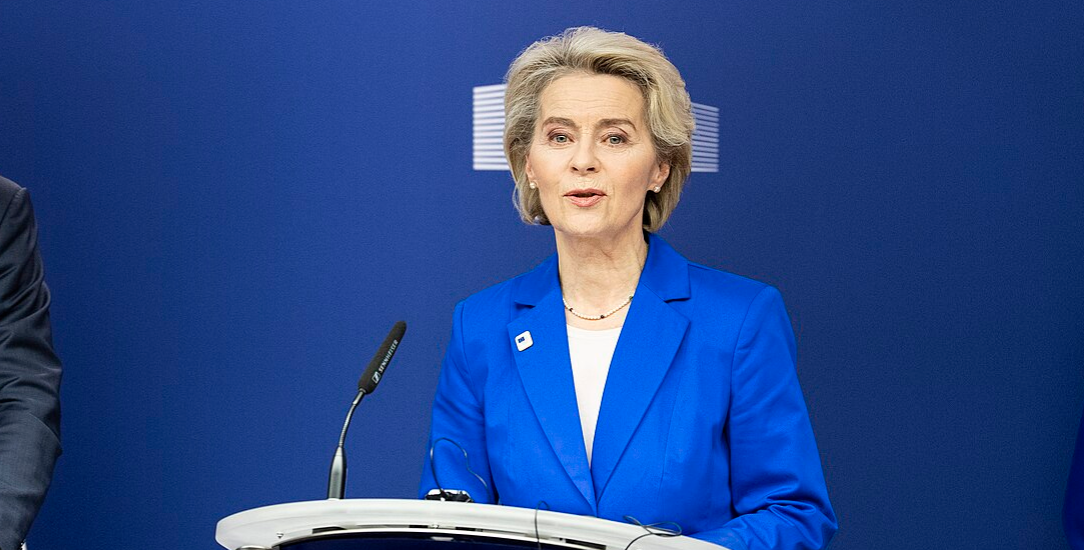
In the 1930s, Nazi Germany rearmed in defiance of the Treaty of Versailles, rapidly building its military despite international restrictions.
Today, several European nations are significantly increasing their defense spending in response to Russia’s invasion of Ukraine. Though it’s important to note the difference between Nazi Germany and the EU, Nazi Germany was rearming its military for war, whereas the EU is rearming for defensive purposes because of Russia.
Germany, for example, pledged a €100 billion fund to modernize its military, while Poland, Finland, and the Baltic states are also investing heavily in tanks, jets, and air defenses. Rearmament isn’t just a historical concept—it’s current policy.
Redrawing borders by force
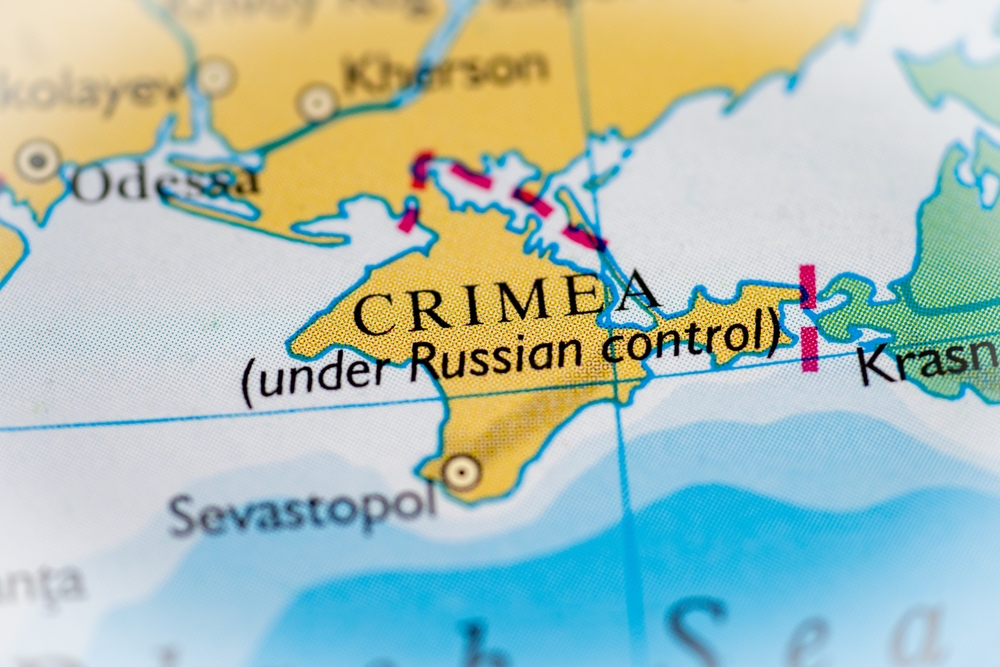
Adolf Hitler framed German expansion as the recovery of lost lands and the protection of ethnic Germans in Austria and Czechoslovakia.
Also read
Similarly, Russia used the claim of protecting Russian-speaking populations to justify its 2014 annexation of Crimea and its actions in eastern Ukraine.
While the geopolitical contexts differ, the language of ethnic protection and historic entitlement bears striking resemblance to that used in the 1930s.
Appeasement’s familiar echo
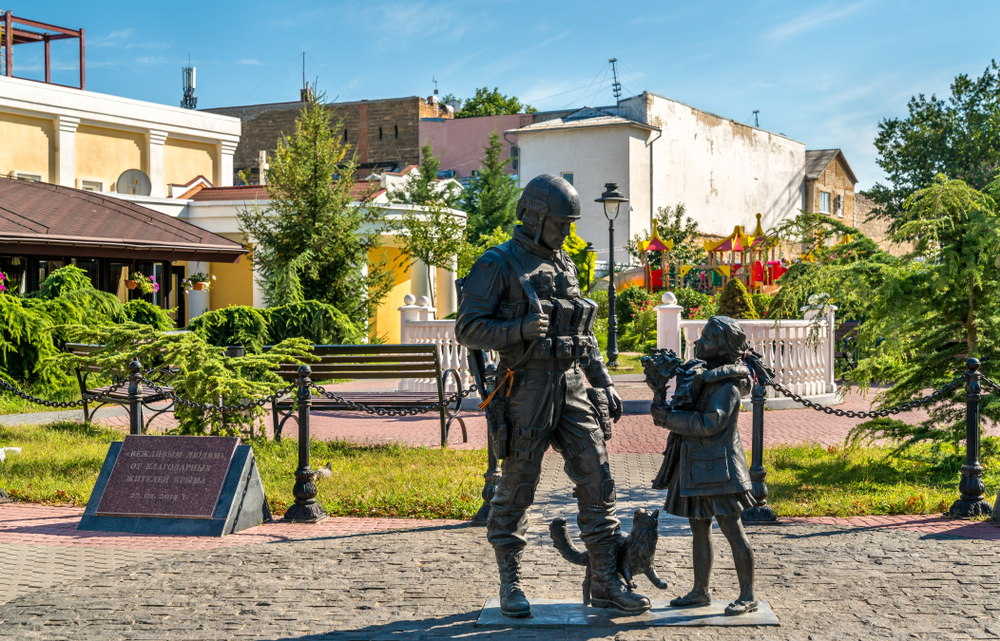
The 1938 Munich Agreement allowed Hitler to annex the Sudetenland (known as the Munich pact) in hopes of preserving peace, a decision now widely seen as a failed policy of appeasement.
Many analysts argue that the slow and limited Western response to Russia’s annexation of Crimea in 2014 mirrored this mistake economic sanctions were imposed, but more decisive action was avoided, partly due to fears of escalation.
However, some point out that unlike the 1930s, the West did respond, just cautiously.
Also read
Alliance systems under strain
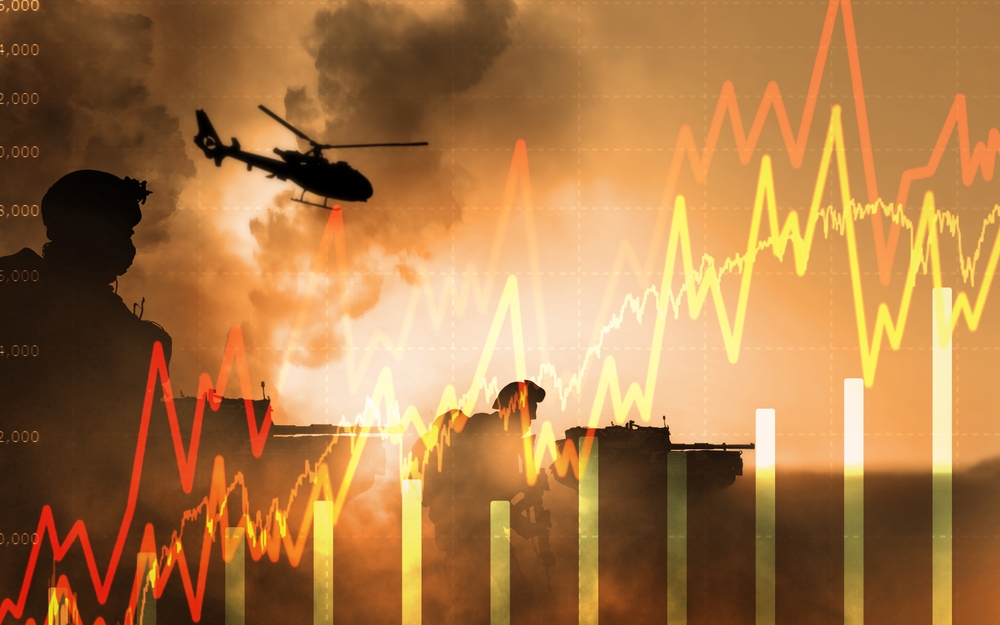
In the lead up to WWII, fragile alliances failed to deter aggressive regimes. Today, NATO is far more robust, with clearer commitments and integrated defense planning
However, internal disagreements over burden sharing, enlargement, and responses to crises still test its unity. .
Recent disputes over aid to Ukraine and divergent political agendas (e.g. Hungary, Turkey) highlight that even strong alliances can face credibility issues when solidarity is most needed.
Propaganda and national mythmaking
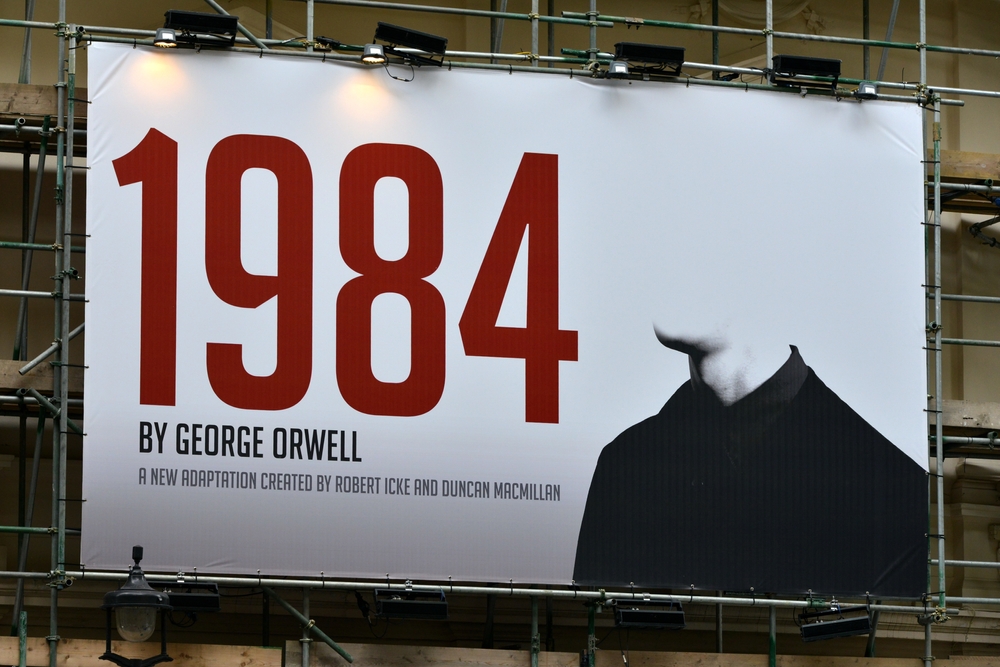
In the 1930s, fascist regimes used state controlled media to build nationalist myths and justify expansion. Today, Russia operates a vast propaganda apparatus, both at home and abroad.
State media routinely portrays the West as corrupt and hostile while casting Russian military actions as heroic and defensive.
Also read
Phrases like de Nazification of Ukraine echo earlier myth making techniques used to rally domestic support for unjust wars.
But if we look at this from a more nuanced perspective, one could argue that the West is using similar tactics against Russia.
Buffer states and modern proxy wars
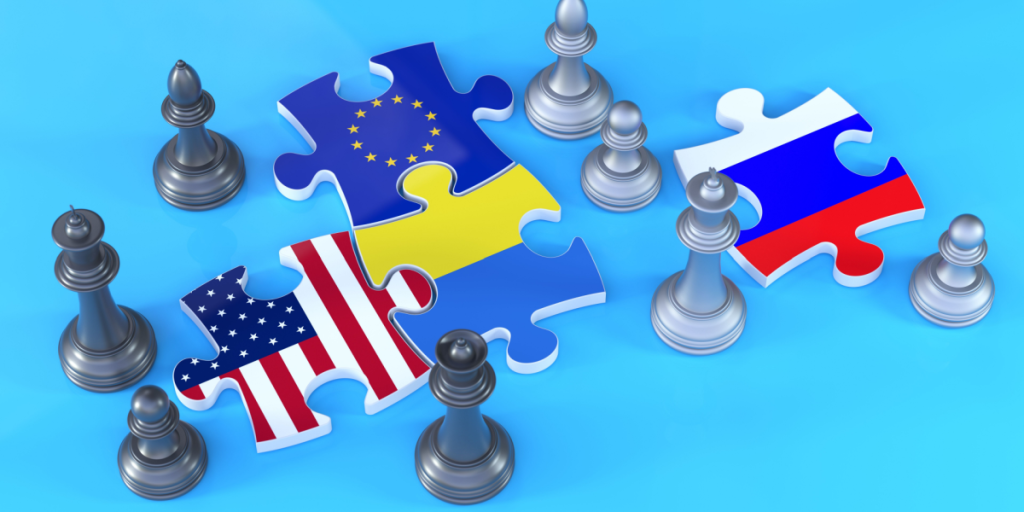
In the 1930s, Spain and Czechoslovakia became battlegrounds for ideological and geopolitical rivalries (also known as the Spanich civil war).
Today, Ukraine plays a similar role caught between a Western alliance and an expansionist authoritarian power.
Ukraine has become the site of not just conventional warfare, but also cyberattacks, economic pressure, and narrative warfare hallmarks of modern proxy conflict.
Also read
Global institutions on the brink
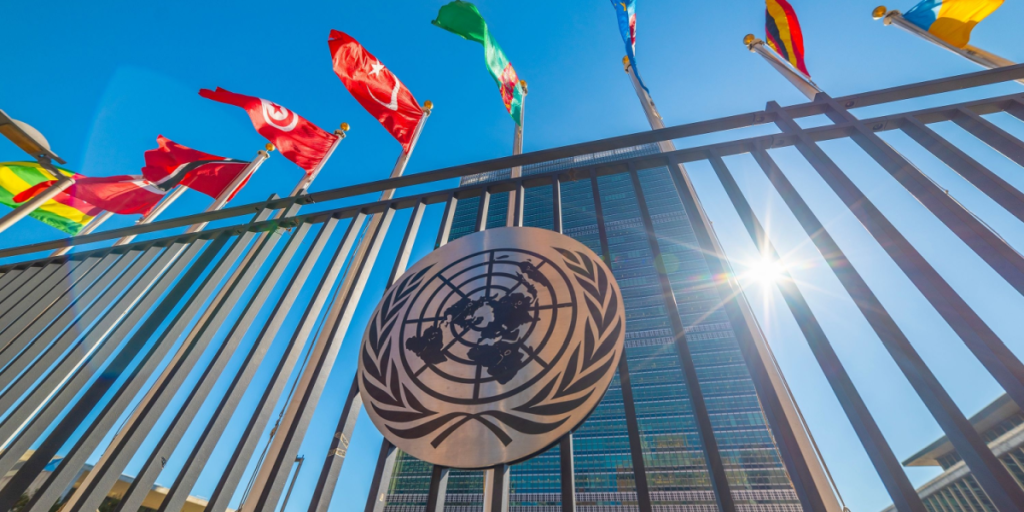
The League of Nations collapsed in the face of growing fascism.
Today’s United Nations is more structured, but its credibility has taken a hit particularly when Security Council members like Russia can veto any resolution.
While global institutions still carry out humanitarian aid, peacekeeping, and monitoring, their ability to enforce rules is weakened when major powers defy international norms with impunity.
The growing risk of escalation
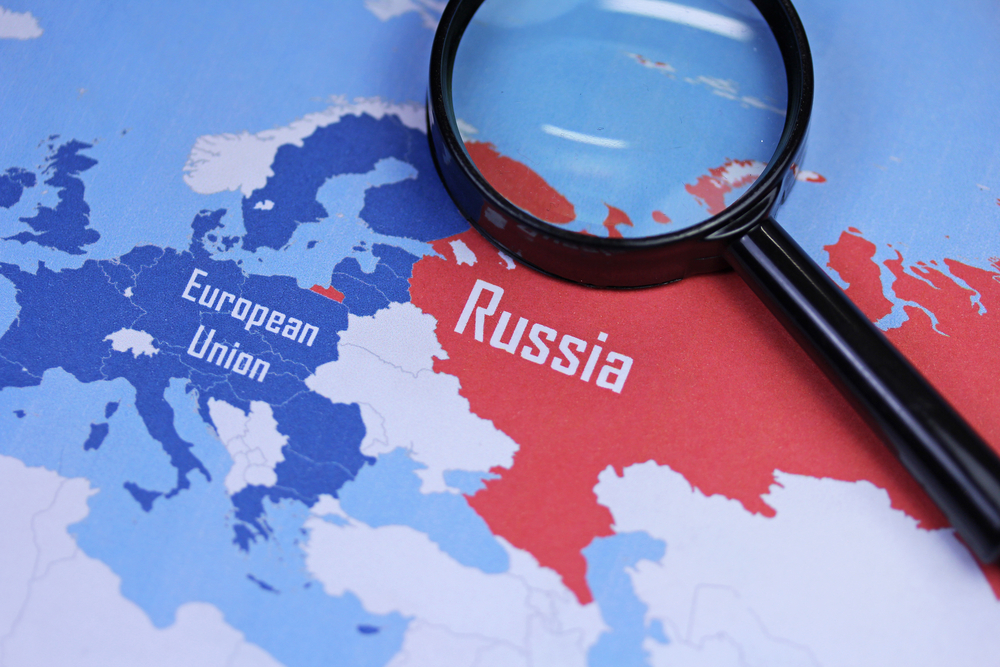
World War II began with regional conflicts and diplomatic missteps that spiraled out of control. Today, many fear that similar situations, like those unfolding in various parts of Europe, could escalate through miscalculation or provocation.
Military buildups, hybrid warfare, and cyberattacks blur the lines between peace and conflict, making it easier for small sparks to ignite larger confrontations. The thing we see right now is the question about theese drones russia are sending in to different europeans countries to before diffrent kinds of sabotage. This will most likely lead every European country to start shooting down these drones.
Also read
But what happens when one is shot down and crashes, causing civilian casualties? Or what if Russia begins flying into European airspace, and the EU decides to shoot down a fighter jet with a Russian pilot on board? These two scenarios are realistic and it’s reasonable to fear how the response might unfold.
Why we should be extra cautious at the moment
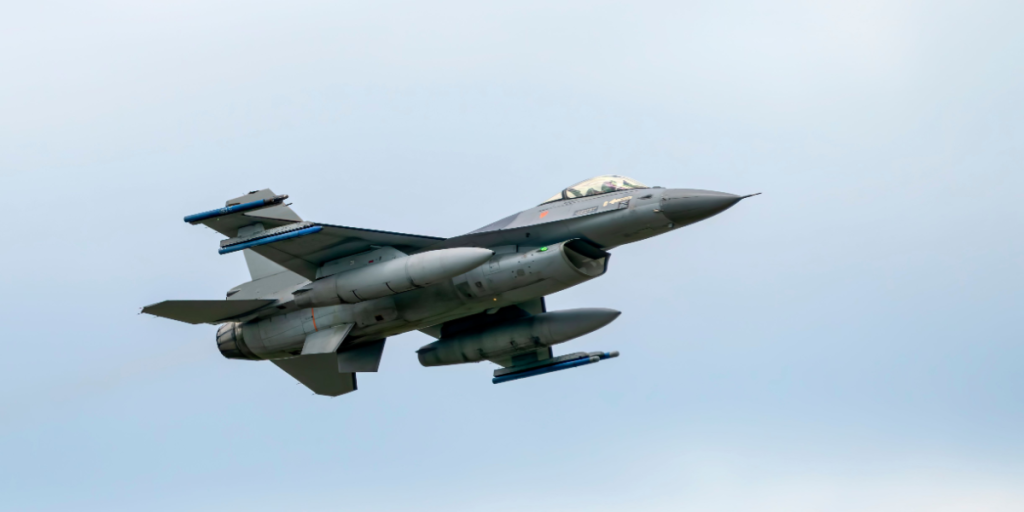
The situation we’re seeing right now involves the issue of Russian drones being sent into various European countries to carry out different kinds of sabotage. This will most likely lead every European nation to begin shooting down these drones.
But what happens when one is shot down and crashes, causing civilian casualties? Or what if Russia starts flying into European airspace, and the EU decides to shoot down a fighter jet with a Russian pilot on board? Both scenarios are realistic, and it’s reasonable to fear how the situation might unfold in response.
Why remembering matters: Learning so we don’t repeat

History doesn’t just live in textbooks it warns, reminds, and guides. The lessons of the 1930s show how fear, propaganda, and hesitation can let aggression grow unchecked.
Also read
Understanding these moments isn’t about dwelling on the past, but about recognizing the early signs of danger before they harden into catastrophe.
When we study history honestly, we build resilience against complacency, against cynicism, and against the illusion that it can’t happen again.
Awareness is our best defense and remembering is an act of prevention.

